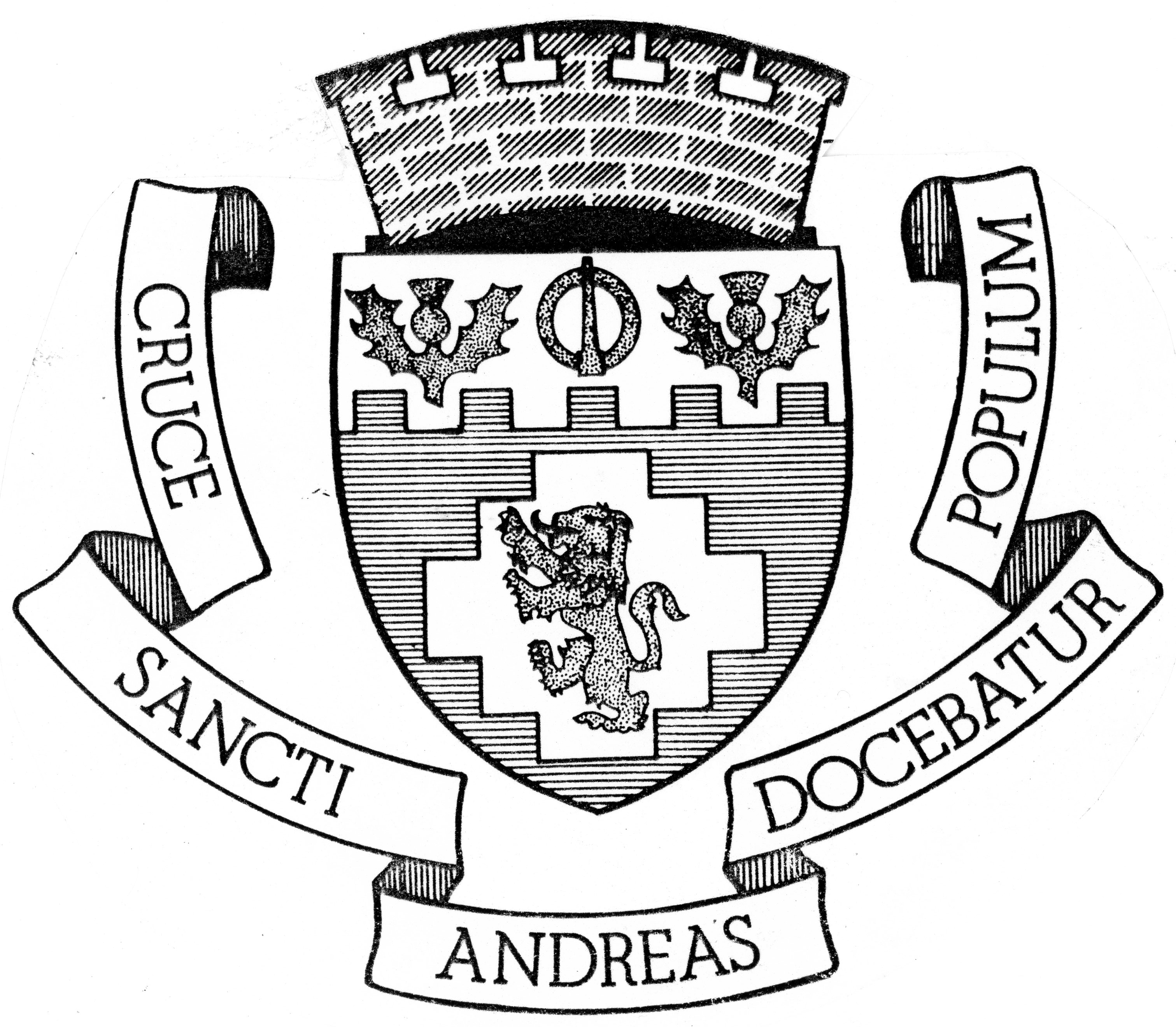Newburgh History Timeline
700BC to 50AD (approx.)
Iron Age hill fort
6th to 8th Centuries AD
Clatchard Craig Hill Fort occupied. Late in 20th Century it was destroyed by quarrying. At same time – Abdie Stone , with Pictish symbols, set in place.
11th Century
MacDuff’s Cross built
1191
Lindores Abbey founded on land gifted by Earl David, grandson of King William I
1266
Newburgh elevated to Burgh status by King Alexnder III
1298
Battle of Blackearnside fought nearby -a victory for Wallace’s troops
1494
James IV orders eight bolls of malt to be made into Aqua Vitae – the first recording of distilling in Scotland
1559
Lindores Abbey sacked by John Knox as part of Protestant Reformation
1749
Growth of linen handloom weaving industry – 30 Newburgh men registered as Master Weavers
1848
First Newburgh Railway station opened, later moved – closed 1955. Active campaign ongoing for its reopening
1855
First torchlight procession of the Newburgh Caledonian Lodge of Oddfellows, founded 1827. Ongong – last of its kind in Scotland.
1891
Establishment of Tayside Floorcloth factory (as linen weaving declined). Closed in 1980 following a fire.
1899
Establishment of Tay Salmon Fisheries Company, developing from a robust salmon netting and fishing industry which was recorded in mid 1700s as exporting to many countries. Net fishing was a major industry until stocks began to decline in 1980s. The final net was pulled in on 20th August 1996
Pre WW1
Establishment of Oilskin factory – closed late 1980s.
1939
172 evacuees arrived at Newburgh railway station from Edinburgh as part of government’s WW2 ‘Operation Pied Piper’.
2016
Establishment of Lindores Abbey Distillery on site of first recorded distilling, by the monks at Lindores in 1494.
